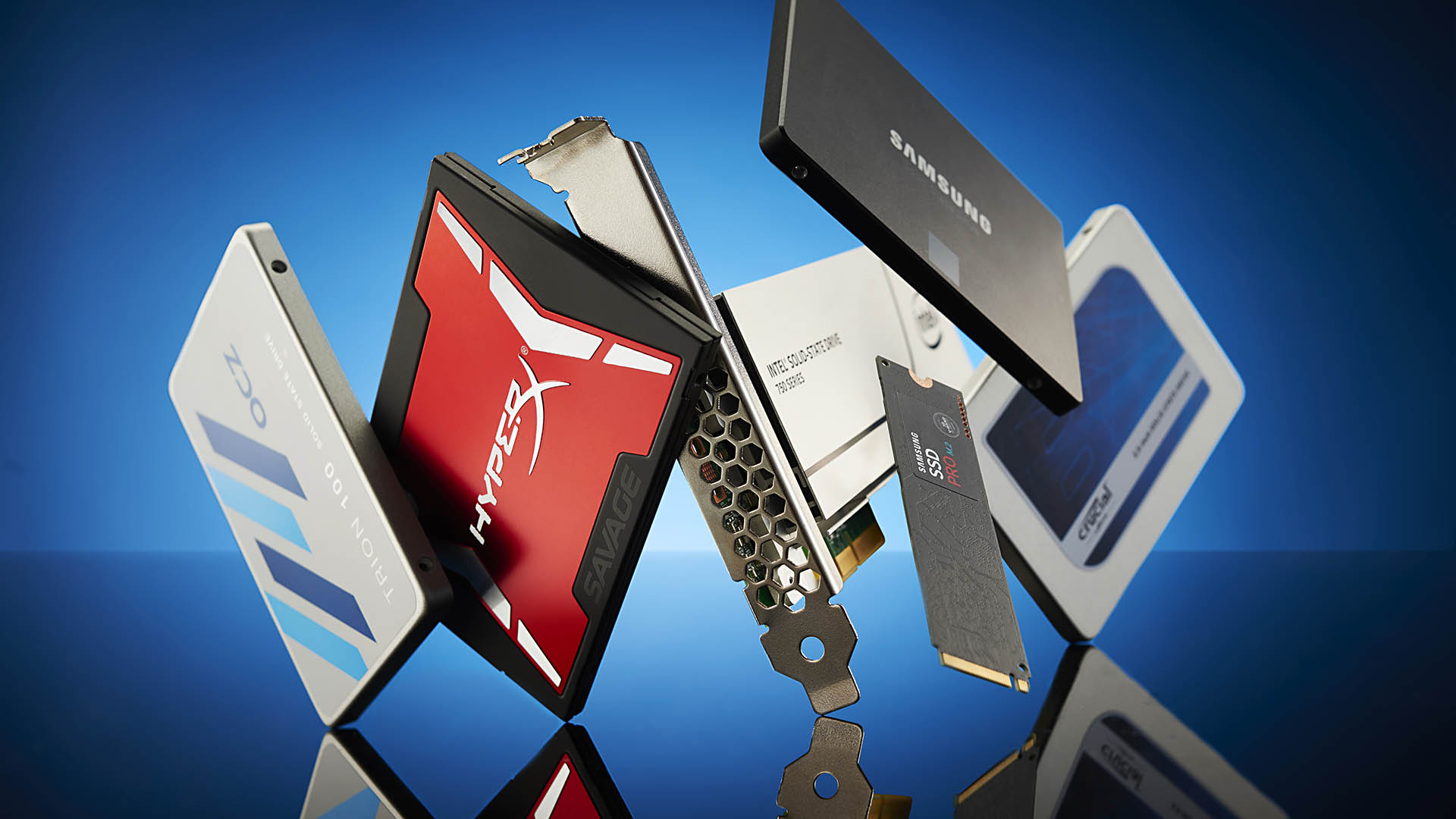Micron starts bleeding edge 232-layer NAND production
Bigger and faster SSD's are incoming.
Micron announced that it has begun shipping 232-layer TLC NAND. The new NAND will certainly be finding its way into the fastest SSDs on the market, including Micron’s Crucial branded SSDs. The new NAND delivers 100% higher write bandwidth, more than 75% higher read bandwidth, a 50% increase in transfer rate and a 28% package size reduction.
According to Micron (via Digitimes) this means these cutting-edge NAND dies are smaller, faster and denser than anything else on the market. They are suited for everything from high end consumer SSDs, to mobile and data centre applications.
"Micron's 232-layer NAND is a watershed moment for storage innovation as first proof of the capability to scale 3D NAND to more than 200 layers in production," said Scott DeBoer, executive vice president of technology and products at Micron. "This ground breaking technology required extensive innovation, including advanced process capabilities to create high aspect ratio structures, novel materials advancements and leading-edge design enhancements that build on our market-leading 176-layer NAND technology."
Though high-performance and enterprise products will be the first to market, the increased density of this new NAND should lead to more affordable and higher capacity drives in the future. The ability to cram more chips into a given form factor means that enterprise SSDs with capacities of over 100TB (at tens of thousands of dollars mind you) will be possible, while in the consumer market, drives in the 4TB+ range should come within the price range of mainstream buyers.

Best SSD for gaming: the best solid state drives around
Best PCIe 4.0 SSD for gaming: the next gen has landed
The best NVMe SSD: this slivers of SSD goodness
Best external hard drives: expand your horizons
Best external SSDs: plug in upgrades for gaming laptops and consoles
Despite all the good news and potential, questions remain about endurance and reliability. Micron hasn’t mentioned anything about the endurance ratings, and these figures will be important for the enterprise market, though less important for the mainstream and gaming market, where reads are more important than writes.
We can expect this NAND to be used in upcoming PCIe 5.0 SSDs, though not immediately. Western Digital and Samsung will use their own in-house NAND, but future drives with the Phison PS5026-E26 controller will surely include 232-layer NAND. Many of the best PCIe 4.0 drives include Micron 176-layer NAND, including the excellent Seagate Barracuda 530 and Silicon Power XS70 among others. It’s only natural to assume that manufacturers will use the best components they can get their hands on.
PCIe 5.0 drives are coming soon, and even if they don’t include Micron’s 232-layer NAND in the short term, we know they’ll deliver mega sequential performance. But will they deliver the all important read and random performance that’s important for gamers? We’ll find out soon enough.
Keep up to date with the most important stories and the best deals, as picked by the PC Gamer team.

Chris' gaming experiences go back to the mid-nineties when he conned his parents into buying an 'educational PC' that was conveniently overpowered to play Doom and Tie Fighter. He developed a love of extreme overclocking that destroyed his savings despite the cheaper hardware on offer via his job at a PC store. To afford more LN2 he began moonlighting as a reviewer for VR-Zone before jumping the fence to work for MSI Australia. Since then, he's gone back to journalism, enthusiastically reviewing the latest and greatest components for PC & Tech Authority, PC Powerplay and currently Australian Personal Computer magazine and PC Gamer. Chris still puts far too many hours into Borderlands 3, always striving to become a more efficient killer.

